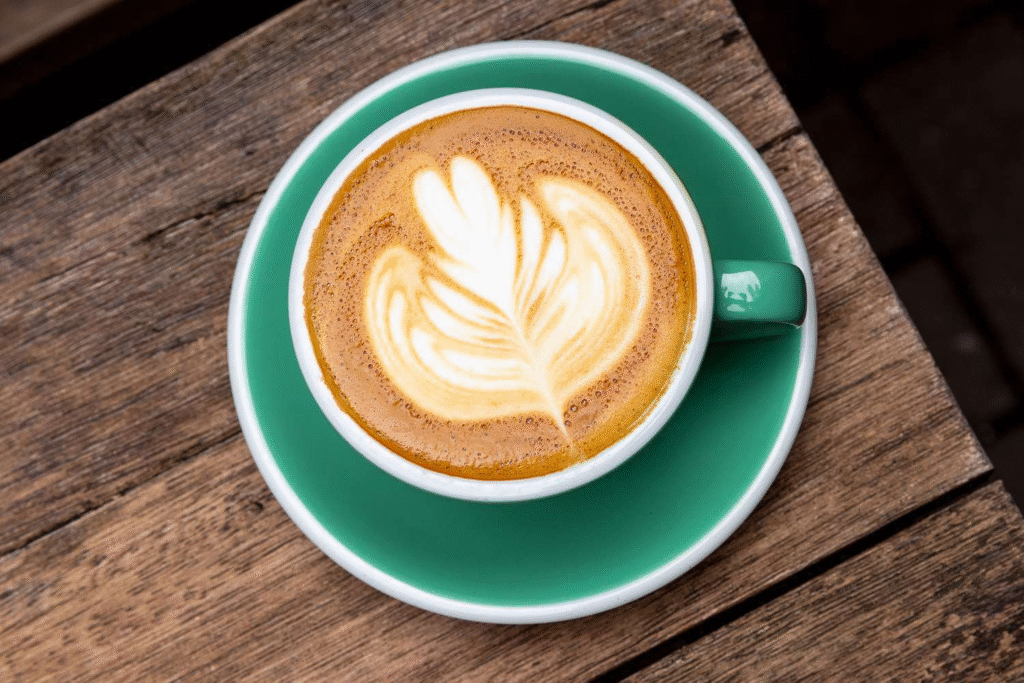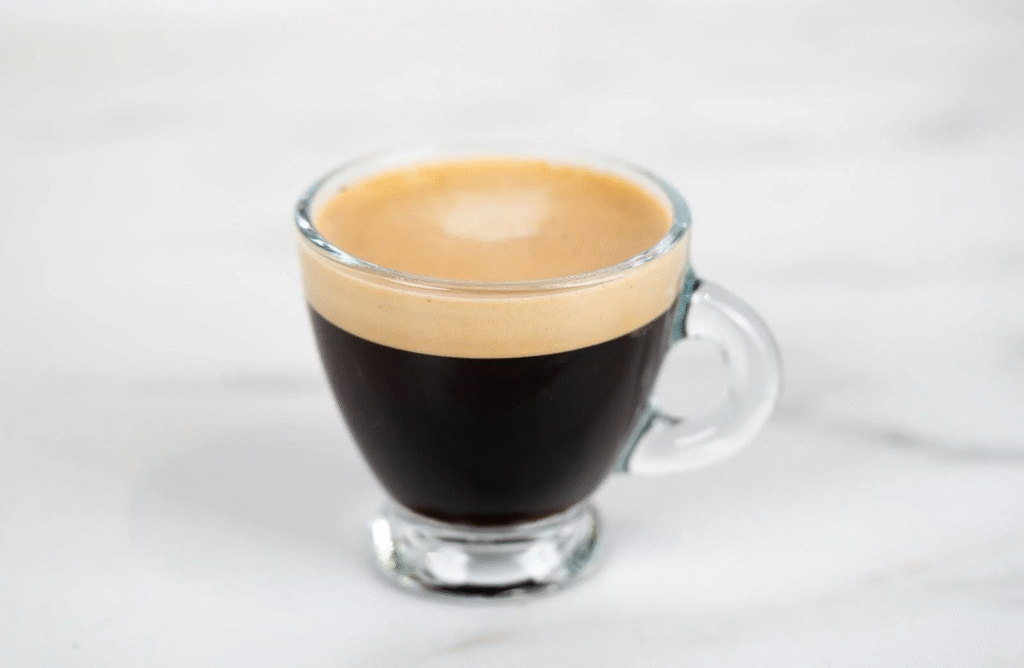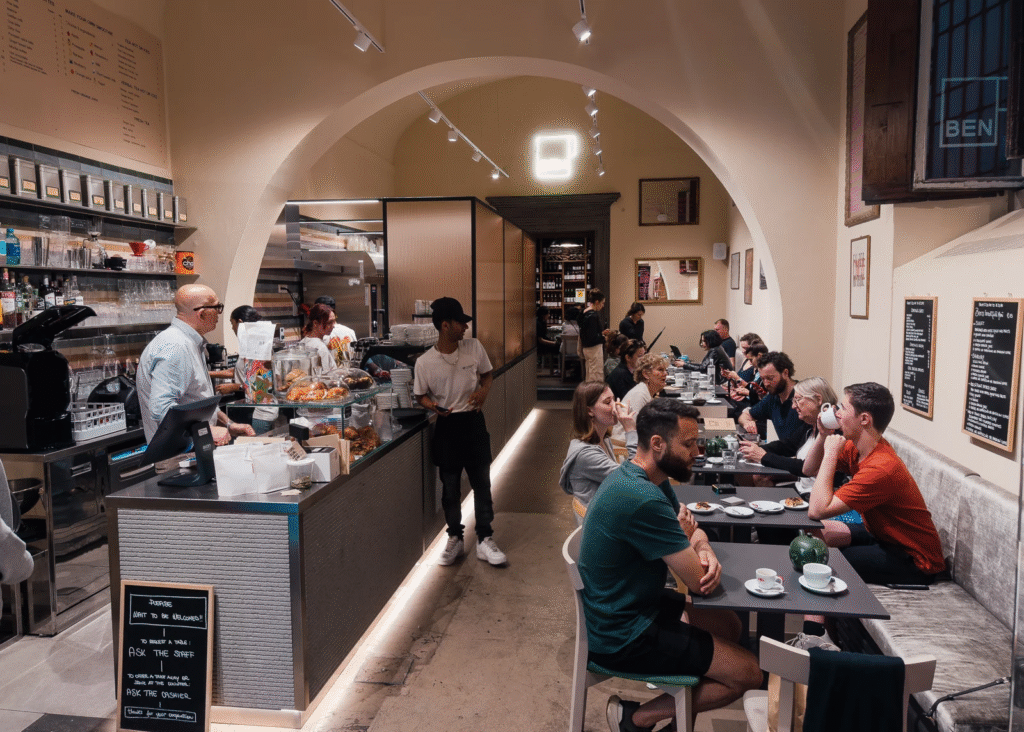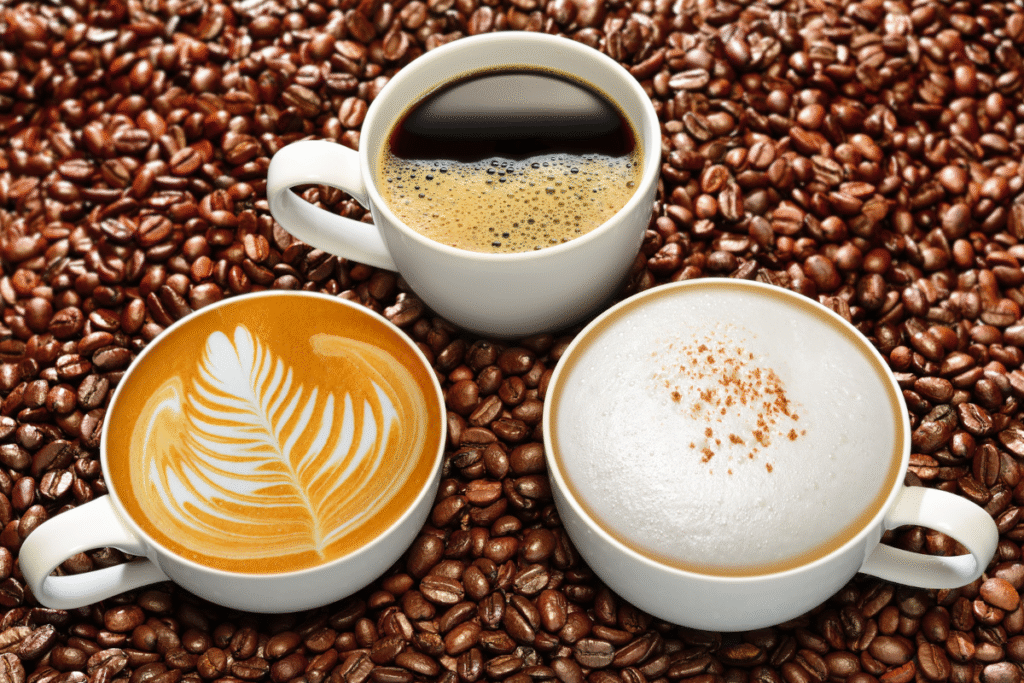Coffee in Italy isn’t just a drink — it’s a daily ritual, a social code, and an art form governed by a set of unwritten rules that every Italian seems to instinctively know. Whether you’re standing at a marble counter in Rome or sipping an espresso in a quiet Sicilian piazza, there’s a rhythm to how coffee is ordered, consumed, and even discussed. It’s part of what makes Italian coffee culture feel timeless, effortless, and — to outsiders — a little intimidating.
These are the unwritten Italian coffee laws, the customs and courtesies that turn a simple espresso into a cultural institution. Understanding them means understanding Italy itself — where coffee isn’t just about caffeine, but about connection, simplicity, and pride in doing small things perfectly.
Rule #1: Coffee Is a Way of Life, Not a Hobby

In Italy, coffee isn’t treated as an artisanal project or a hipster trend. It’s woven into the fabric of daily life — something everyone does, multiple times a day, in the same way they might greet a friend or enjoy the sunshine. Italians drink coffee not for novelty or indulgence, but for continuity and comfort.
The Italian coffee ritual is built around small moments of pause. The morning espresso jump-starts the day; the post-lunch macchiato punctuates a meal; the mid-afternoon caffè is an excuse to step away from work for a few minutes. Coffee isn’t something to take away in a paper cup — it’s an act of presence.
If you see Italians standing at the counter — al banco — chatting with the barista as they knock back their espresso, you’re witnessing one of the country’s oldest and most beloved traditions.
Rule #2: Never Order a Cappuccino After 11 a.m.

Perhaps the most famous Italian coffee commandment is also the one most often broken by tourists: cappuccino is strictly a morning drink. Italians believe milk-based coffees are too heavy for the digestive system later in the day — especially after meals.
If you order a cappuccino after lunch, you’ll get polite smiles (and maybe a raised eyebrow). Locals switch to espresso or macchiato after 11 a.m., reserving cappuccino for breakfast alongside a cornetto (Italian croissant).
This isn’t about snobbery — it’s about balance. Italians value light, digestible meals and see milky drinks as part of breakfast, not an all-day beverage. As one Italian saying goes: “Il cappuccino si prende solo la mattina” — cappuccino is only for the morning.
Rule #3: Espresso Reigns Supreme

When you say “coffee” in Italy, it automatically means espresso — not a long Americano or a flat white. The espresso is the foundation of Italian coffee culture: small, concentrated, and made to be consumed quickly.
Each espresso is served in a small porcelain cup, no larger than a shot glass, and drunk within a minute or two — ideally while standing. Italians rarely linger with their espresso, and they almost never add extra water or milk. The focus is on purity and intensity, not customisation.
Ordering an espresso is simple: you say “un caffè, per favore” — just “a coffee, please.” The barista knows exactly what you mean.
Rule #4: Sugar, Not Syrup

In Italy, coffee isn’t flavoured with caramel or vanilla syrups. If sweetness is desired, it’s achieved the traditional way — with a spoon of zucchero (sugar). Every bar has sugar packets on the counter, often in multiple varieties, from white to brown.
You won’t find flavored shots, whipped cream, or non-dairy foams dominating the menu. The Italian coffee philosophy is about simplicity and restraint — honoring the bean rather than masking it.
Rule #5: Pay First, Then Drink

Here’s a rule that confuses many first-time visitors: in most Italian coffee bars, you pay before you drink. The usual process is to head to the cashier, say what you’d like (“un caffè, un cappuccino, e una brioche”), pay, and take your receipt to the barista at the counter.
The reason is speed and tradition — Italian bars are built for quick service, not leisurely dining. The system keeps the flow efficient during the morning rush, when dozens of locals stream in for their daily caffeine fix.
Of course, in more modern cafés or tourist areas, you might pay afterward — but knowing this custom helps you blend in instantly.
Rule #6: Coffee Comes Alone (Unless It’s Breakfast)

In Italy, coffee and food are rarely served together unless it’s breakfast. You’ll never see Italians pairing an espresso with lunch or dessert at the same time. Instead, coffee is treated as its own event — a final note, not an accompaniment.
After a meal, coffee comes after dessert, not with it. Italians see coffee as a digestive aid — a way to finish, not accompany, food. Even at home, families will linger after dinner with a small espresso before saying goodbye.
Rule #7: The Barista Is Part of the Experience

A true Italian barista isn’t just a coffee maker — they’re a performer, a craftsman, and sometimes a confidant. Most Italians have a “favorite bar” and a “favorite barista,” someone who knows their usual order without asking.
The barista’s role is central to Italian social life. They remember faces, greet regulars by name, and maintain the fast-paced choreography of the morning coffee crowd. Ordering at the bar is often accompanied by casual conversation — a quick check-in, a local joke, a compliment about the weather.
This connection between barista and customer is what gives Italian coffee culture its warmth. Even the busiest espresso bars feel like small communities.
Rule #8: No Fancy Orders, No Modifications

Customisation is not part of Italian coffee culture. You won’t hear anyone asking for “extra foam,” “half-caf,” or “almond milk.” In Italy, coffee menus are short, straightforward, and time-honoured:
- Caffè – Espresso
- Cappuccino – Espresso with steamed milk and foam
- Macchiato – Espresso “stained” with a dash of milk
- Caffè Latte – Milkier than a cappuccino, usually made at home
- Caffè Corretto – Espresso “corrected” with a shot of liquor (often grappa or sambuca)
If you start asking for substitutions, you’ll likely get a confused look. Italians believe the classics are perfect as they are — and who can argue?
Rule #9: Cold Coffee Exists — But It’s Seasonal

While hot espresso dominates, Italians do enjoy cold coffee — in summer only. The most popular version is caffè shakerato — espresso shaken with ice and sugar until it’s frothy and chilled. Some regions serve caffè freddo, a sweet, pre-chilled espresso kept in the fridge.
But here’s the key: cold coffee is a seasonal exception, not a year-round staple. Italians switch back to hot espresso as soon as autumn hits.
Rule #10: Coffee Is Fast

In Italy, drinking coffee is not an all-day event. It’s quick, sharp, and frequent. Most Italians finish their espresso in less than two minutes — standing, chatting, and moving on.
The idea of sitting for half an hour with a laptop or takeaway cup doesn’t fit the Italian way. Cafés are places for quick connection, not extended occupation. That’s why you rarely see Wi-Fi signs or “work-friendly” corners — the coffee bar is about social rhythm, not productivity.
The Philosophy Behind the Ritual
At the heart of Italy’s coffee law is a belief in doing small things well. The espresso may be tiny, but it’s treated with care: the right temperature, the right crema, the right cup. It’s about mindfulness, not excess.
Coffee in Italy is never rushed, even when drunk quickly. It’s savoured — a ritual that demands attention, precision, and appreciation. Italians see it as a moment of connection to tradition and community, not just caffeine.
It’s also a reflection of Italian minimalism: fewer choices, better quality, and confidence in the classics. While other countries chase trends, Italy stays true to its roots — because for Italians, the espresso is already perfect.
Why Tourists Struggle — and Why It’s Worth Adapting
Tourists often find Italy’s coffee customs confusing or restrictive at first. Why can’t you get a cappuccino after lunch? Why no iced caramel macchiato? But once you spend a few days observing the rhythm, it starts to make sense.
These unwritten rules aren’t about exclusivity — they’re about preserving a way of life that values simplicity, quality, and community. Every coffee break is a pause in time, a reminder to slow down and savor something well made.
When you respect these rituals, you don’t just “fit in” — you experience Italian culture the way locals do: through shared moments, small conversations, and perfect sips.
Final Thoughts
The unwritten Italian coffee law isn’t really a set of rules — it’s a cultural compass. It reminds us that coffee can be more than a drink; it can be a language, a rhythm, a philosophy of living well.
In Italy, every espresso is a conversation between tradition and taste. It’s about knowing when to drink it, how to enjoy it, and — most importantly — why it matters.
So, the next time you find yourself in an Italian café, order confidently, stand at the bar, take a sip, and join the ritual. Because in Italy, coffee isn’t about caffeine — it’s about belonging.


Leave a Reply